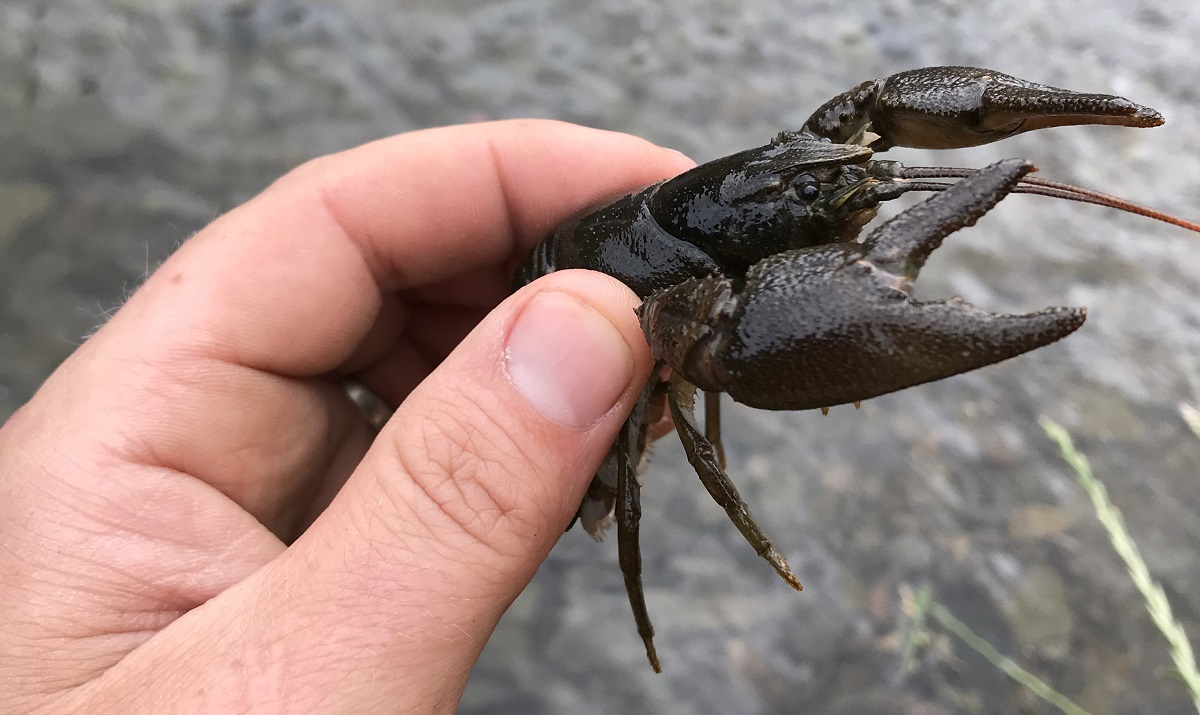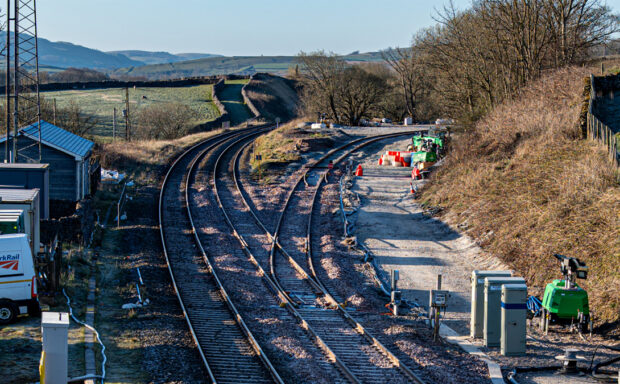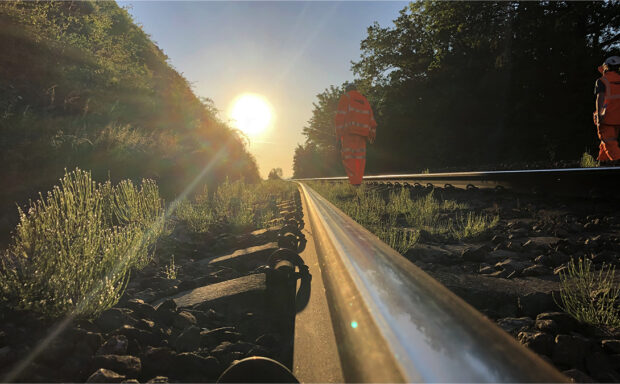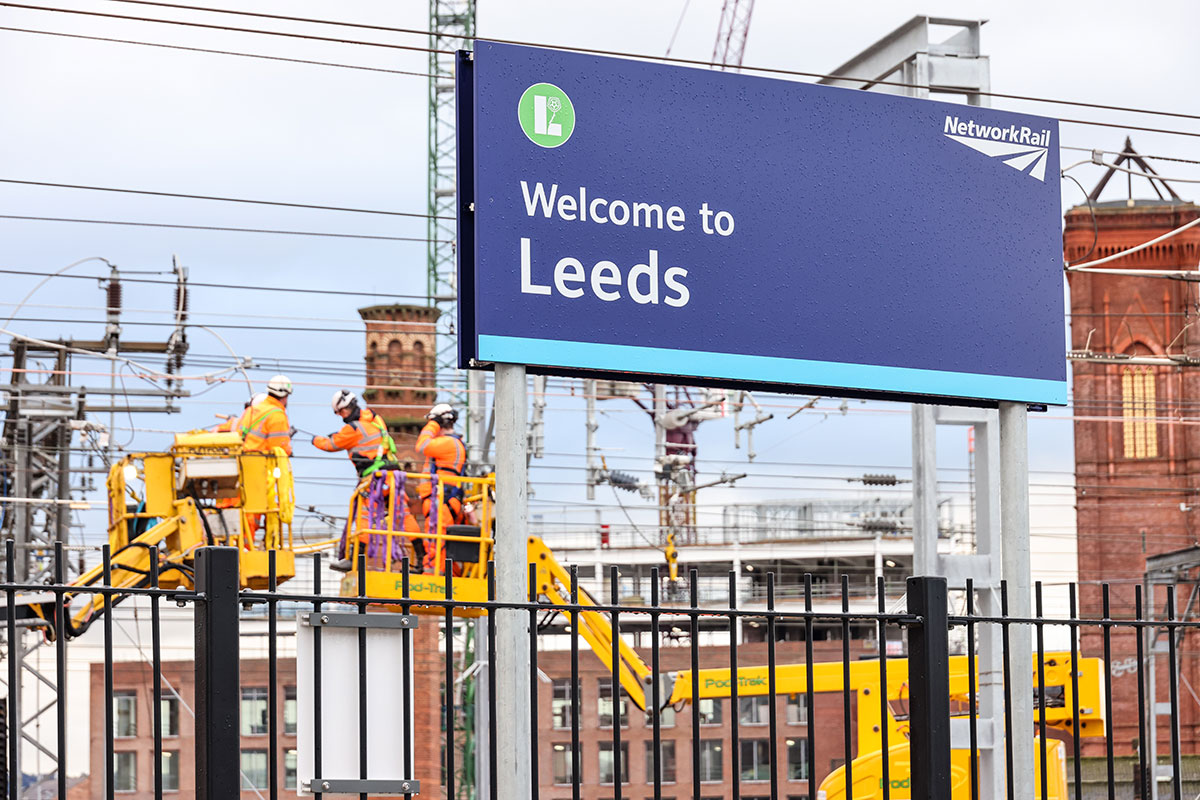This week, we shared how we saved hundreds of endangered fish in Cumbria during improvements to a Grade II listed viaduct.
As one of Britain’s biggest landowners, we have a responsibility to help protect and improve biodiversity near the railway.
Here are five times we’ve helped different wildlife across the country:
Crayfish in Cumbria
This month, we reinforced a 173-year-old railway bridge to provide more reliable railway for passengers. In the process, we helped protect endangered crayfish in Lambrigg, Cumbria.
We needed to repair and strengthen the Grade II listed Docker Garths viaduct due to water erosion.
As part of this £750,000 investment for the Great North Rail Project, we needed to divert the Flodder Beck river and safely move its wildlife so we could reinforce the viaduct’s foundations.
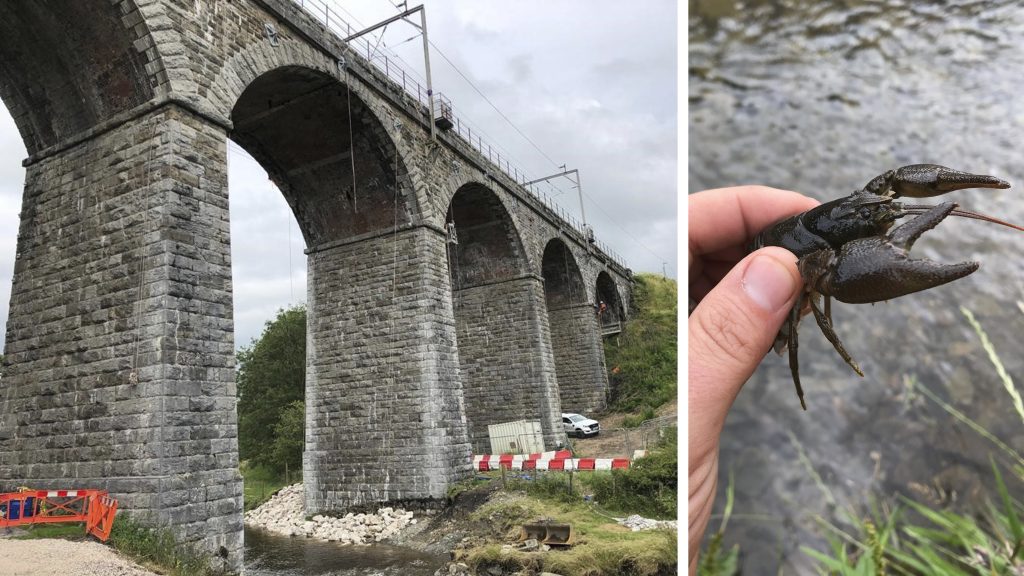
Our teams moved 200 endangered white clawed crayfish and another 400 fish downstream.
White clawed crayfish have almost been wiped out after American signal crayfish were introduced into the UK in the 1970s. The latter were intended as food for trout farms but escaped into the wild.
The larger, invasive species competes for the same food and carries a disease deadly to the native crayfish.
No river wide enough
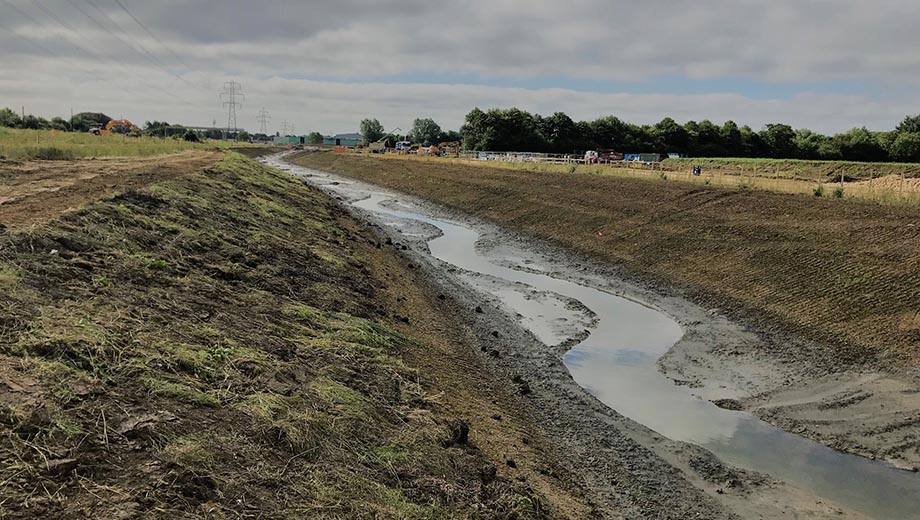
A new river in Peterborough made space for track improvements – and protected aquatic wildlife and rare moths.
The river replaces Brook Drain North and its design aims to help with flood problems. The new river is 840 metres long and four metres deep. It’s designed to hold more water than the previous river, making it less likely to flood and affect passengers.
It features shallow sections of water known as riffles and side pools for refuge during storms. We have also included soft bank ledges to help vegetation.
Working alongside a zoologist with a specialism in moths, the team helped create a new habitat for rare four spotted moths that found living on the riverbank. Together, they moved vegetation and topsoil from the banks of the old river to the new.
It followed a radical project to move a river in Devon last year, reducing the long-term risks of erosion, protecting biodiversity and providing better land access.
Though beautiful, the River Taw next to the railway tends to flood. Fixing the problem and securing the railway meant careful consideration for the biodiversity.
We reinstated habitats for local wildlife and provided a safer exit route for livestock, which had previously been at risk of becoming stranded in floods.
We save a rare moth
Network Rail and Butterfly Conservation joined forces in the Highlands in 2016 to create a new habitat for one of Britain’s rarest moths.
The small dark yellow underwing can only be found in Scotland and 90% of all sightings are recorded within the Cairngorms National Park. However, dwindling and no adult moths were seen at all between 2011 and 2014.
Volunteers from Butterfly Conservation’s Highlands branch joined Network Rail operations and maintenance staff to improve a former site for the day-flying moth in the hope of increasing its numbers in the Cairngorms.
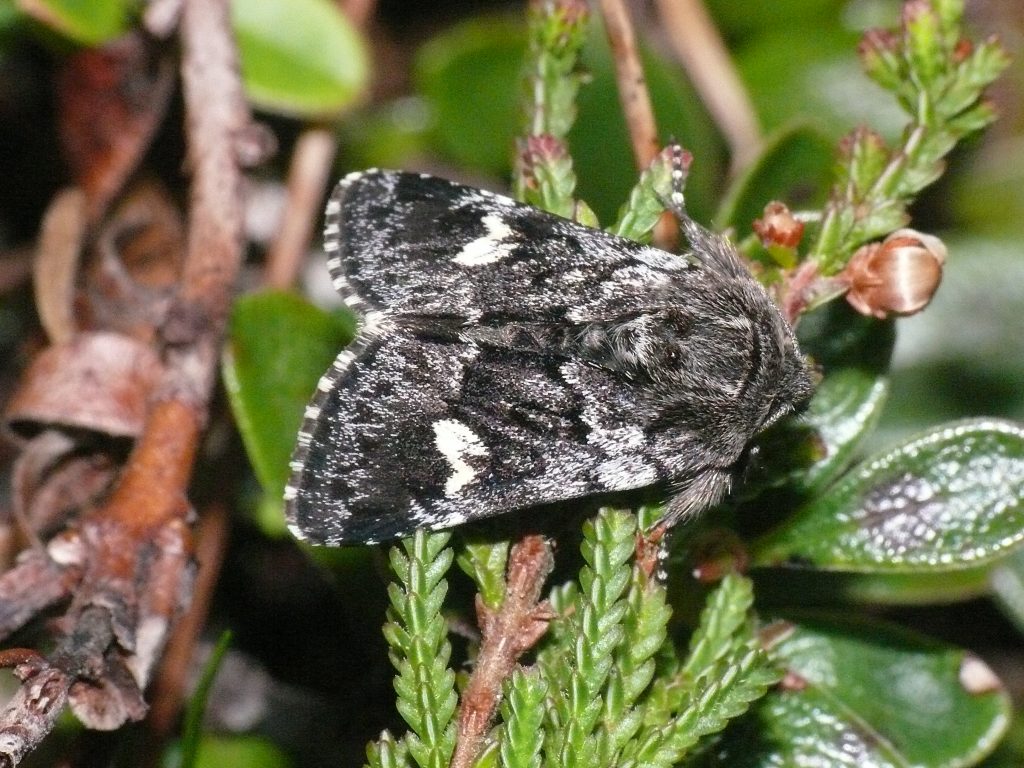
Creating safe habitats
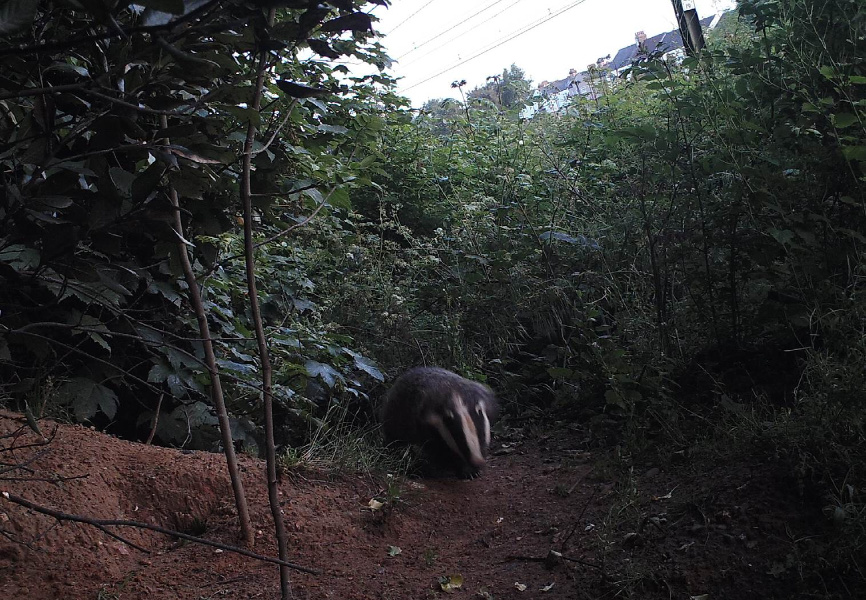
We came up with a new way of protecting badgers living by the railway while keeping an upgrade project on track.
In summer 2016, we had put in place structures between London Liverpool Street and Southend Victoria, which would carry new overhead electricity lines to make the railway more reliable for passengers.
The structures needed deep foundations to install the gantries supporting the overhead wires – work that could have threatened badger setts in the area.
It’s standard practice to carry out an ecology survey during the early stages of a project like this. However, rather than using the information to apply for a licence to move the badgers, we sent details from the survey to the project team so designers could decide where we should build the foundations – leaving the badgers unaffected.
The same year, we built special habitats for newts, reptiles, badgers, bats and swallows beside the railway during a major upgrade in Oxford.
We provided an additional 10,000 squares metres of potential trackside habit, including more than 11,000 trees, wildflower grasslands and hedgerows ahead of the launch of Chiltern Railways services from Oxford to London Marylebone.
First ospreys in 400 years
A Network Rail-backed project to help ospreys in mid-Wales led to the first successful breeding of the birds in the area for 400 years.
Three osprey chicks hatched in 2011 after the project gave the birds nesting sites close to the railway in the Dyfi area, near Machynlleth.
Network Rail sponsored an HD camera link to the remote nest for 24-hour monitoring, protecting it from thieves, and enabling footage streaming to a visitor centre and worldwide.
Network Rail escorted experts to the site to fit the birds with solar-powered satellite trackers to capture their annual migration to Africa. All British-bred ospreys move south to Africa after the breeding season, with most wintering in Senegal and The Gambia.
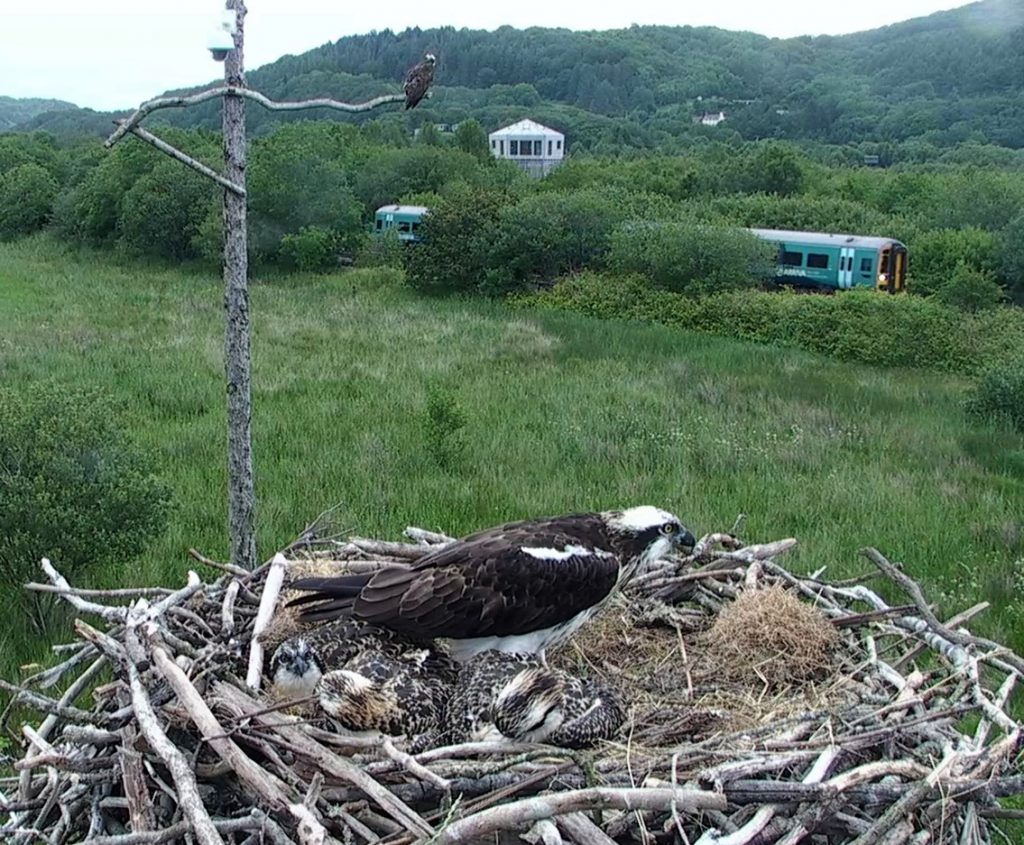
Read more:
The railway and our pollinators
